The debate of “Montessori vs traditional” schooling is a crucial and challenging choice for parents. Hearing varied opinions and perspectives on each educational model often leaves many torn, leading to uncertainty about which option aligns best with their child’s unique needs and learning style.
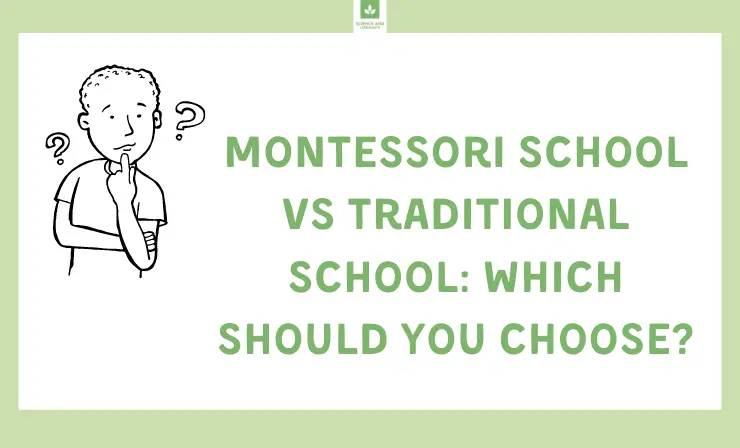
Two schooling models represent fundamentally different approaches to education. Understanding these differences is crucial in making an informed decision. Montessori education emphasizes self-directed learning and hands-on experiences, fostering independence and a love for learning. In contrast, traditional schools typically focus on a more structured curriculum, aligning with standardized educational standards and preparing students for a structured work environment.
If you’re feeling overwhelmed and uncertain about this decision, know that you are not alone. Many parents face this dilemma and grapple with the same concerns. I, too, have experienced the challenge of determining the best educational path for a child.
Curious about the some of the things you can expect from a Montessori program vs. a traditional school method? Here are just a few differences. Learn more by visiting us online: https://t.co/IzNe09FXDC#Montessori #HermosaMontessori pic.twitter.com/Mm02m4ixfg
— hermosa montessori (@hermosa_school) March 25, 2019
My extensive research on both school systems examined their methodologies, benefits, and drawbacks. I looked at how Montessori prioritizes student choice and mixed-age classrooms against the structured, teacher-led approach and uniform age groupings of traditional schools.
I’m eager to share these insights with you, hoping they will provide clarity and guidance. By understanding both educational models’ unique characteristics, benefits, and limitations, you can make a more informed decision about which environment will best support your child’s growth and development.
Continue reading to delve deeper into these educational models, and discover which might be the ideal fit for your child’s journey in learning and personal growth:
- The key differences between Montessori and traditional education →
- What the Montessori method is →
- The pros and cons of Montessori education →
- The pros and cons of traditional education →
Montessori vs Traditional Education
When contrasting the Montessori vs traditional education models, it’s vital to grasp the fundamental distinctions that set these two approaches apart. Each system has unique characteristics that impact various aspects of the educational experience, from teaching methods to classroom environments. Let’s explore these differences in more detail.
1. Philosophy
The philosophy underlying the educational approach is a fundamental distinction between the two education systems. This philosophy not only shapes the learning environment but also profoundly influences the developmental journey of students.
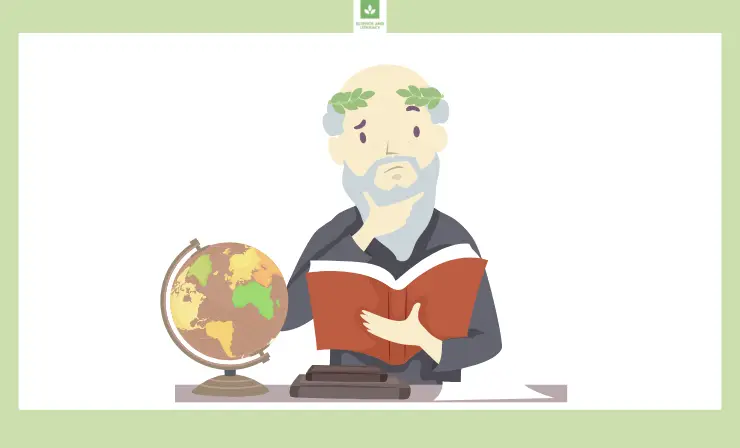
Here’s how the philosophical differences manifest in each system:
Montessori Philosophy:
- Respect for the Child: Montessori education is deeply rooted in respecting the child’s individuality, interests, and pace of learning.
- Educating the Whole Child: It aims to nurture not just academic skills but also the social, emotional, and physical development of the child.
- Individualized Learning: This approach tailors education to each child’s unique needs and abilities, recognizing that each child learns differently.
- Freedom of Choice: Children in Montessori settings are encouraged to choose their learning activities, fostering independence and self-motivation.
Traditional Education Philosophy:
- Standardized Curriculum: Traditional education often focuses on a uniform curriculum for all students.
- Teacher-Centric Instruction: Emphasizes a more teacher-directed learning process, with students typically in the role of knowledge receivers.
- Uniform Assessment: Standardized testing is commonly used to measure student progress and comprehension.
- Focus on Uniformity: There’s a general emphasis on conformity and adherence to set educational standards and outcomes.
While variations can exist within individual classrooms, these foundational philosophies largely remain consistent. Understanding these philosophical differences is crucial for parents and educators when deciding a child’s most suitable educational path. The choice between two schooling models reflects not just a preference for teaching methods, but a decision about the kind of learning environment and philosophical approach one believes is best for the child’s overall development.
2. Teaching Methods
The teaching methods in education systems differ significantly, reflecting the distinct philosophies of each approach. These methods are pivotal in shaping the learning experience and outcomes for students.
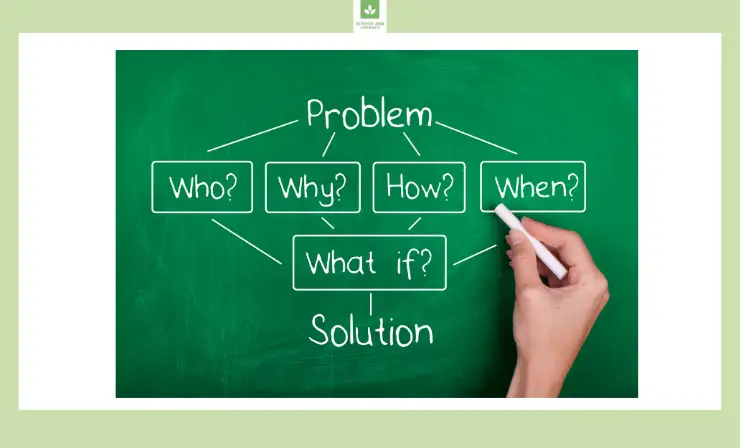
Here’s a closer look at how teaching methods vary in these two educational models:
Montessori Teaching Methods:
- Learning Through Play: Montessori education heavily emphasizes learning through play, allowing children to explore and understand concepts in a natural, engaging manner.
- Student-Centered Approach: The students are the focal point of the classroom, with the environment and activities designed around their needs and interests.
- Role of the Teacher: In Montessori settings, the teacher acts more as a guide or facilitator, helping students to realize their potential rather than leading direct instruction.
- Hands-On Learning: This approach encourages hands-on experiences, enabling children to learn by doing and exploring.
Traditional Teaching Methods:
- Emphasis on Direct Instruction: Traditional classrooms often focus more on direct instruction from the teacher, with less emphasis on play and exploration.
- Teacher-Centered Classroom: The teacher is seen as the central figure, leading lessons and providing instructions that students are expected to follow.
- Structured Learning Activities: Activities often include completing worksheets and following a set curriculum, emphasizing structured learning experiences.
- Uniform Teaching Approach: There’s a general uniformity in teaching methods, with all students often receiving the same type of instruction.
These teaching methods, rooted in the core philosophies of education methods, play a crucial role in the development of a child’s learning patterns, cognitive abilities, and overall educational experience. Understanding these differences is essential for parents and educators in choosing the most suitable educational path for their children or students.
3. Environment
The environment within these two distinct types of educational centers and classrooms exhibits significant differences, reflecting each system’s educational approach and philosophy. These environments are not just physical spaces but also encompass the resources and tools used for learning.

Here’s a detailed comparison:
Montessori Classroom Environment:
- Accessible Learning Materials: In Montessori centers, toys, and manipulatives are readily accessible, allowing students to use them as needed or desired.
- Student-Led Exploration: The environment is designed to encourage self-initiated exploration and learning.
- Supplemental Use of Technology: Technology in Montessori classrooms is typically used as an additional resource to enhance the learning experience, not as the focal point of lessons.
Traditional Classroom Environment:
- Regulated Access to Materials: Traditional classrooms often have more structured rules about when and how materials and toys can be used, limiting free access.
- Teacher-Led Structure: The layout and use of space in traditional classrooms are usually more aligned with teacher-led activities and instruction.
- Central Role of Technology: Technology often plays a more central role in traditional classrooms, sometimes being the core of lessons and learning activities.
Both types of classrooms, one with a student-centered approach and the other more conventional may utilize technology, yet the manner of its integration and the overall learning environment vary greatly. In either setting, tools like headphones can be essential to ensure students remain focused and do not distract others.
This contrast in the environment—ranging from the layout and accessibility of learning materials to the role of technology—plays a vital role in shaping the educational experience. It influences not just the learning style but also the level of student engagement and autonomy in their educational journey.
4. Schedules
The scheduling approach in these two educational systems, one focusing on self-directed learning and the other on a more structured format, differs markedly, influencing the daily routine and learning experience of students, reflective of each system’s core educational philosophy.

Montessori Schedules:
- Flexibility in Learning: Montessori classrooms are known for their flexible schedules. This flexibility allows students to have a say in their learning process.
- Self-Guided Learning: Students in Montessori settings guide their own learning, choosing what to work on and when which encourages independence and self-discipline.
- Time for In-Depth Exploration: There’s an opportunity for students to spend additional time on projects, fostering a deeper understanding of subjects.
Traditional Classroom Schedules:
- Structured Timeframes: Traditional classrooms typically follow a more rigid schedule, with set times for different subjects like math, reading, etc.
- Teacher-Driven Schedule: The teacher dictates the schedule, focusing on covering the curriculum within the allotted times.
- Consistency and Routine: The structured approach provides a consistent routine, which can be beneficial for students who thrive in a more predictable environment.
The scheduling aspect plays a critical role in the educational approach. In Montessori classrooms, flexibility aligns with the philosophy of encouraging self-directed learning and independence. Conversely, traditional classrooms adhere to a structured schedule, promoting consistency and discipline. This difference in scheduling philosophy can greatly influence a student’s engagement, learning style, and overall educational experience.
5. Age of Students in the Classroom
Classroom age composition, varying between settings with mixed age groups and those with uniform age classes, is a key distinction that greatly affects the learning environment and peer interactions.
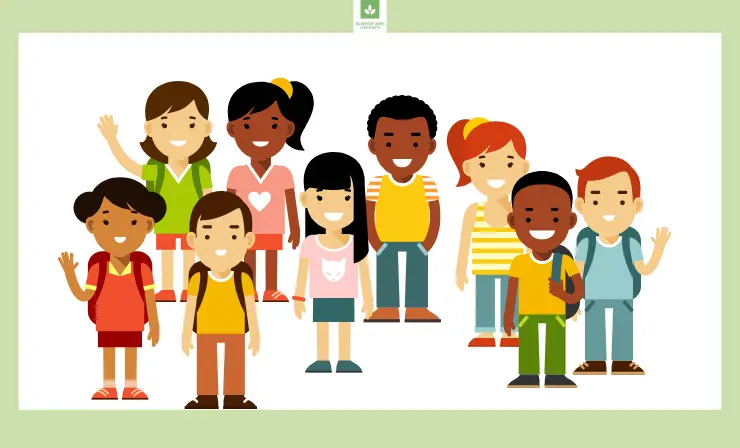
Montessori Classroom Age Groupings:
- Mixed Age Groups: Montessori classrooms are characterized by their use of mixed age groups.
- Flexibility Based on Interest and Need: This approach allows for grouping students not strictly by age but by interest and developmental level, providing a more tailored learning experience.
- Peer Learning and Support: Older students often mentor younger ones, fostering a collaborative and supportive learning environment.
Traditional Classroom Age Groupings:
- Uniform Age Groups: In traditional classrooms, students are usually grouped by their age or grade level.
- Age-Specific Curriculum: The curriculum is designed to cater to the specific age group, ensuring that the content is age-appropriate.
- Consistency in Peer Group: Students typically progress with same-age peers, providing consistency in social and academic development.
These differing approaches to age grouping in the classroom reflect the educational philosophies of each system. Montessori classrooms benefit from the diversity and flexibility of mixed-age groups, enhancing peer-to-peer learning and mentorship. Traditional classrooms, meanwhile, offer a more uniform age-specific educational experience, which can provide stability and consistency in learning progression. This difference in age composition plays a crucial role in shaping students’ learning experiences and social interactions within the educational setting.
6. Qualifications of the Teachers
Teacher qualifications tend to differ between classrooms with a child-centered approach and those following a more conventional educational system, mirroring the varying philosophies and methodologies inherent in each. This aspect is crucial as it directly impacts the quality of education and the learning environment provided to students.
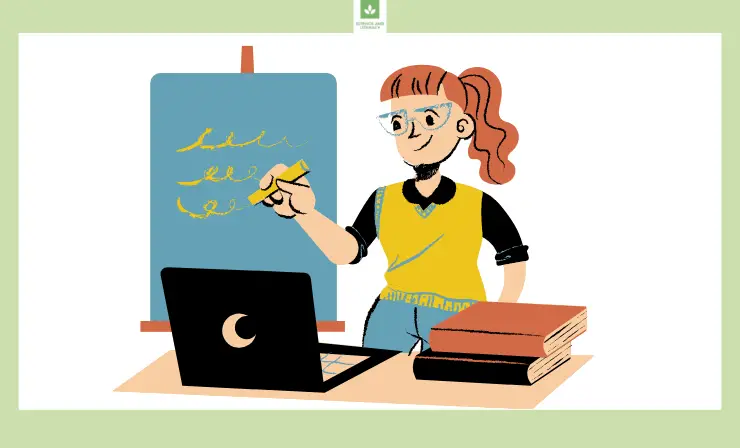
Montessori Teacher Qualifications:
- Specialized Training: Montessori teachers typically undergo specific training in the Montessori method, in addition to standard teaching certifications.
- Additional Certifications: They often hold additional certifications that focus on the unique aspects of this education system, like child-centered learning and developmental stages.
- Practice and Refinement: Prospective Montessori teachers are encouraged to use tools like cameras to record and refine their teaching practices, often starting with practice lessons, sometimes even with their children.
Traditional Classroom Teacher Qualifications:
- Standard Teaching Requirements: Teachers in traditional classrooms usually meet the standard state or country-specific teaching requirements.
- Focus on Curriculum and Classroom Management: Their training is often centered around delivering a set curriculum and managing a more structured classroom environment.
- Less Emphasis on Alternative Pedagogies: While they may have diverse educational backgrounds, there is typically less emphasis on training specifically in alternative teaching methods like those used in Montessori education.
The qualifications and training of teachers play a pivotal role in shaping the educational experience in both settings. Montessori teachers are often trained to foster a more student-centered and hands-on learning environment, whereas traditional classroom teachers focus on delivering a structured curriculum and maintaining classroom order. This difference in teacher qualifications is an essential factor to consider when evaluating the fit of an educational system for a child’s needs.
7. Disciple Approach
The disciplinary methods in schools with a child-centered learning approach contrast sharply with those in more conventional educational institutions. It reflects their respective educational philosophies and methodologies. This aspect of education plays a critical role in shaping students’ behavior, responsibility, and overall development.

Montessori Discipline Approach:
- Self-Discipline Focus: Montessori classrooms emphasize natural self-discipline, encouraging students to take responsibility for their actions.
- Absence of Punishments: Instead of using punishments, the Montessori approach focuses on guiding children to understand and respect boundaries.
- Natural Consequences: When rules are not followed, natural consequences are applied, helping children connect their actions with the outcomes and learn from their experiences.
Traditional School Discipline Approach:
- Corrective Model: Traditional education often employs a corrective model of discipline, which can include time-outs, removal from the classroom, or being sent to the principal’s office.
- Focus on Compliance: This approach tends to emphasize adherence to rules and can be more punitive in nature.
- External Enforcement: Discipline is often externally enforced by the teacher or administration, focusing more on correcting behavior than on self-regulation.
The disciple approach in an educational setting is fundamental in fostering children’s understanding of responsibility, consequences, and social interactions. Montessori schools aim to cultivate internal self-regulation and understanding of actions, while traditional schools often rely on external methods to enforce discipline. This difference in approach can significantly impact a student’s ability to develop self-discipline and personal responsibility.
8. Cost
Ultimately, for many families, the cost of education is a crucial consideration, and it significantly varies between schools with a child-centered approach and more conventional educational institutions. This financial aspect can greatly influence a family’s decision regarding the type of education they choose for their child.

Here’s a breakdown of the cost differences:
Montessori School Costs:
- Generally Higher Expenses: Montessori centers, typically being private institutions, often have higher tuition fees compared to traditional schools.
- Investment in Unique Materials: Part of the cost is attributed to the specialized learning materials and environments that Montessori schools provide.
- Varied Tuition Rates: The cost can vary widely between different Montessori schools, depending on factors like location, facilities, and the level of education offered.
Traditional School Costs:
- More Cost-Effective: Traditional education models, especially public schools, are generally less expensive than Montessori education.
- Government Funding: Many traditional schools benefit from public funding, which can significantly reduce the cost for families.
- Standardized Resources: Traditional schools often have lower costs due to more standardized teaching materials and larger class sizes.
The cost of education is an essential consideration when choosing between the two educational systems. Montessori education can represent a higher financial investment due to its private nature and specialized approach. In contrast, traditional schools, particularly public ones, offer a more affordable option for families, with costs offset by government funding and standardized resources. This difference in cost can be a decisive factor for many families when selecting the appropriate educational path for their children.
What is the Montessori Method?
If you’re weighing your options in the “Montessori vs Traditional” debate for preschool education, or even comparing a center for older children with a conventional school, the first step is to become familiar with the child-centered educational method.
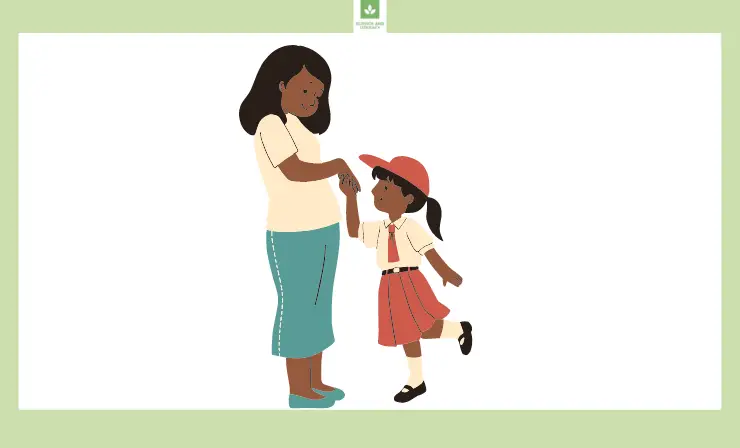
This method, developed by Dr. Maria Montessori, is based on her extensive research and observations. Key principles that define this educational style include:
- Respect for the child: One of the key principles of this child-centered educational approach is to show respect for each child. In these classrooms, children are recognized as unique individuals and are given greater freedom over their choices and learning. They are also encouraged to independently correct their mistakes and choose their own working pace.
- Absorbent mind: “The absorbent mind” is a concept introduced by Maria Montessori describing the critical period in early childhood, crucial for learning and development. It was observed that children from birth to age 6 rapidly develop an understanding of the world and lay the groundwork for their future selves.
- Educating the whole child: Much of the curriculum in this child-centered educational approach focuses on physical, social, and emotional development, in addition to intellectual growth, treating all aspects of child development with equal importance.
- Sensitive periods: Another key finding of Maria Montessori is that children are most ready and capable of acquiring various skills and knowledge at different periods during their development. These periods, which can vary from child to child, are referred to as sensitive periods. Supporting children when they are ready to learn something new during these periods is crucial.
- Freedom and choice: A key feature of a child-centered classroom is the autonomy given to students. Instead of adhering to a teacher-defined schedule and activities, students have the liberty to select their own tasks. This flexibility enables them to spend more time on their interests, choose the most suitable area in the room for their work, and utilize the necessary materials for their learning.
- Individualized learning: In a learning environment where freedom and choice are prioritized, students benefit from more personalized education. Teachers can assist them in delving deeper into concepts and topics of particular interest to them, and individualized lessons can significantly contribute to student excellence.
- Intrinsic motivation: Instead of using stickers or treats as rewards, this educational approach focuses on encouraging students to see learning as inherently rewarding and fulfilling.
- Prepared environment: Upon entering a child-centered educational center, you’ll quickly observe its distinct difference from a conventional classroom. The setup is designed to support the children’s freedom and choices. Materials are arranged within reach for the children, and the space is divided into various zones, each offering different types of materials and activities for exploration.
- Auto-education: Auto-education is based on the idea that children are capable of teaching themselves new concepts when provided with the right stimuli. Consequently, the materials and tools in a child-centered classroom are tailored to enable children to direct their own educational journey. In this setting, the teacher’s role is to guide and motivate the children as they learn and grow.
- Independence: Fostering independence in children is a primary objective of this child-centric educational approach. Children are equipped with the necessary materials and guidance to practice and master various skills crucial for their life and educational journey, nurturing their development into self-reliant individuals.
Interested in learning more about Montessori parenting? Explore our detailed article on this topic for insightful information.
Pros and Cons of Montessori Education
Montessori education, like any educational system, comes with its own set of pros and cons. This approach is known for its unique methods of fostering independence and hands-on learning, yet it also presents challenges that may not align with every student’s needs. Understanding these advantages and disadvantages is crucial for parents and educators in determining if this educational style is the right fit for their students or children.
Here’s an overview of the pros and cons associated with Montessori education:
Pros
- Encourages Independent Learning: Provides an environment where learners can guide their own educational journey.
- Hands-On Learning Experience: Utilizes tools like document cameras to enhance understanding of intricate details in various subjects.
- Mixed Age Groupings: Facilitates peer-to-peer learning, allowing learners of different ages to interact and learn from each other.
- Promotes a Love for Learning: Creates a setting where children can develop a deep appreciation and enthusiasm for education.
- Pursuit of Personal Interests: Allows children to explore and focus on topics that genuinely interest them.
- Inclusive of Special Needs: The diverse age and ability groupings naturally accommodate children with special needs, fostering an inclusive learning environment.
Cons
- Need for Structured Curriculum: Some learners may require a more defined and structured educational framework.
- Transition Challenges: Students and adults might face difficulties adapting to traditional schooling or work environments after such an open learning model.
- Higher Cost: This approach to education can be more expensive than traditional methods.
- Accessibility Issues: Lower-income students and students of color may find it disproportionately challenging to access this type of education.
Curious about becoming a Montessori teacher? Discover the process in our comprehensive article on this subject. Also, check out our article “8 Best Online Montessori Teacher Training” for the best programs available.
Pros and Cons of Traditional Education
Traditional education also has its pros and cons, presenting a range of factors that can significantly influence a student’s learning experience. While it offers a structured and standardized approach that can be beneficial for many students, it also comes with certain limitations that may impact the overall educational journey. Here’s a closer look at the advantages and disadvantages of a traditional educational system:
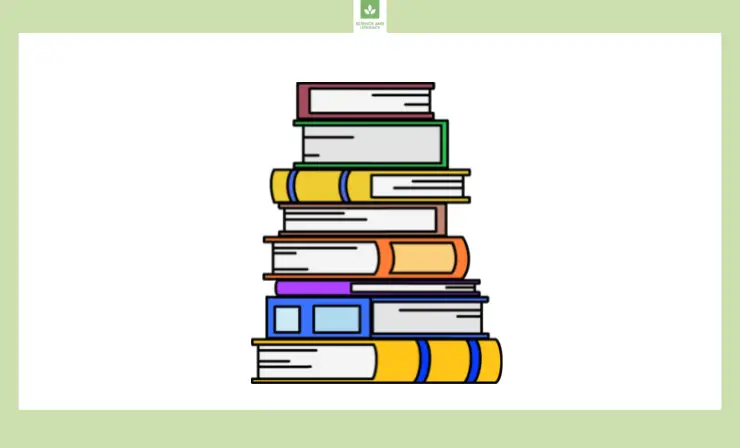
Pros
- Structured Learning Benefit: Suits students who thrive under a well-defined and structured educational framework.
- Accessibility Across Income and Races: More evenly accessible to students from various income levels and racial backgrounds.
- Alignment with Standards: The curriculum is tailored to meet national and state educational standards.
- Preparation for Future Work Environment: Closely resembles the structure of many workplaces, preparing students for future job settings.
- Cost-Effective: Generally less expensive compared to Montessori or other alternative educational systems.
Cons
- Teacher-Centered Classroom: The focus is predominantly on the teacher, rather than on the student’s individual learning path.
- Limited Independent Learning and Choice: This model does not strongly support independent learning or allow much room for student choice in learning topics.
- Uniform Age Grouping: Lacks the diversity of mixed-age groupings, potentially reducing peer-to-peer learning opportunities.
- Limited Student Control Over Learning: Students have less autonomy in directing their learning and pursuing their interests.
Useful Resources
- Explore Montessori Schools in the U.S.
- 8 Tips to Prepare for the First Days of School
- Inside the Montessori Classroom
Closing Words
Now that you’ve learned more about Montessori vs traditional education, which do you think is the best fit for your child’s needs and learning style? I hope I’ve helped to answer all of your questions about how each type of school is different and that you now feel knowledgeable and ready to select the best model for your child. If you still have questions, many Montessori centers and traditional schools will let potential students and their families visit to see learning in action.
- Overview of 22 Low-Code Agencies for MVP, Web, or Mobile App Development - October 23, 2024
- Tips to Inspire Your Young Child to Pursue a Career in Nursing - July 24, 2024
- How Parents Can Advocate for Their Children’s Journey into Forensic Nursing - July 24, 2024

And what about preschools? BTW, what are the factors you’ve used for comparison?
Hi! The primary difference between the both is that unlike traditional preschools, the Montessori education system works with the child as an individual rather than one of the many students in a teachers’ class.While each education system has its pros and cons, the children who start their education in Montessori tend to be more self-regulated than those in regular kindergarten.Some of the key differences that you should consider are that the child learns at an individual pace in a Montessori school and has no compulsion to catch up with the others. The topic has to be understood and not just memorized before moving on to the next.
Children grow up with confidence and self-esteem and are capable of finding answers for themselves. Students coming out from traditional preschool systems go through a very structured system of learning and learn what they have to and not what they want to.These are the factors that I have used to compare the two systems.